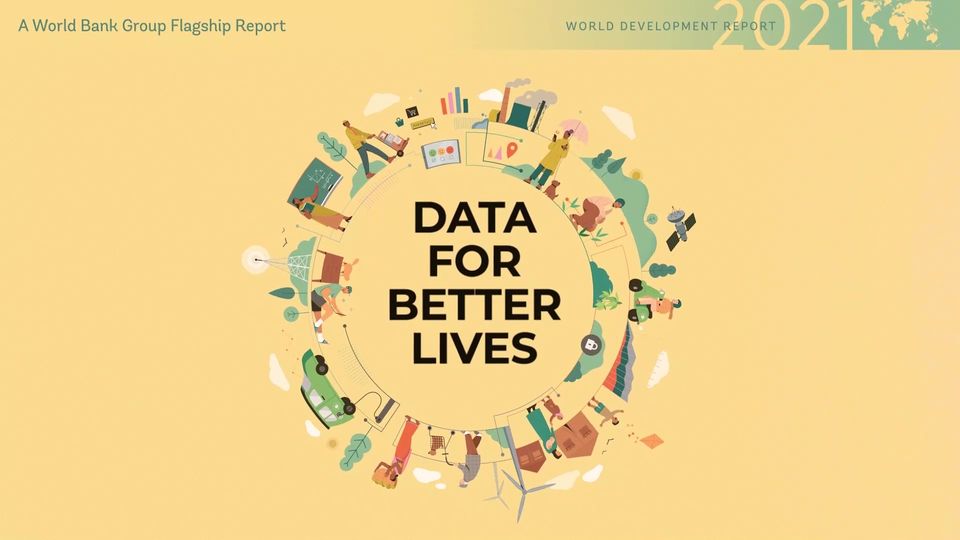Economic Development
It was believed that once an economy is able to increase its production, its income will also increase and there will be an automatic betterment (quality increase) in the lives of the people of the economy.
For economists, development indicates the quality of life in the economy, which might be seen in accordance with the availability of many variables such as:
- The level of nutrition
- The expansion and reach of healthcare facilities—hospitals, medicines, safe drinking water, vaccination, sanitation, etc.
- The level of education
- Other variables on which the quality of life depends
Higher economic development requires higher economic growth. But it does not mean that a higher economic growth automatically brings in higher economic development. Without a conscious public policy, development has not been possible anywhere in the world. Similarly, we can say, that without growth there cannot be development either.
economic development is quantitative as well as qualitative progress.
Measuring Development
The idea of developing a formula/method to measure the development was basically facing two kinds of difficulties:
- At one level it was difficult to define what constitutes development. Factors which could show development might be many, such as levels of income/ consumption, quality of consumption, healthcare, nutrition, etc. It has been a really difficult task to achieve consensus among the experts on these determinants of development.
- At the second level, it looked highly difficult to quantify a concept as development constitutes quantitative as well as qualitative aspects. It is easy to compare qualitative aspects such as beauty, taste, etc., but to measure them we don’t have any measuring scale.
Human Development Index
In 1990, United Nations Development Programme (UNDP) published its first Human Development Report (HDR) which had a human development index (HDI) which was the first attempt to define and measure the level of development of economies.
The HDR measures development by combining three indicators— Health, Education, and Standard of Living —converted into a composite human development index, the HDI.
The HDI sets a minimum and a maximum for each dimension, called goalposts, and then shows where each country stands in relation to these goalposts, expressed as a value between 0 and 1 (i.e., the index is prepared on the scale of one).
Education Index
It is (since HDR-2010) measured by two other indicators
- Mean of years of schooling (for adults aged 25 years): This is estimated based on educational attainment data from censuses and surveys available in the UNESCO Institute for Statistics database and Barro and Lee (2010) methodology.
- Expected years of schooling (for children of school entering age): These estimates are based on enrolment by age at all levels of education and population of official school age for each level of education. Expected years of schooling are capped at 18 years.
The education index is the geometric mean of two indices.
Health Index
It is measured by the life expectancy at the birth component of the HDI and is calculated using a minimum value of 20 years and a maximum value of 83.57 years. for example, if country x has life expectancy 55 years then health index will be (55-20)/(83.57-20) = 0.55057417
Standard of Living
It is measured by GNI (Gross National Income/ Product) per capita at ‘Purchasing Power Parity in US Dollars (PPP $) instead of GDP per capita (PPP $) of past. The goalpost taken for minimum income is $100 (PPP) and the maximum is US $87,478 (PPP), estimated for Qatar in 2012. The HDI uses the logarithm of income, to reflect the diminishing importance of income with increasing GNI.
The scores for the three HDI dimension indices are then aggregated into a composite index using geometric mean.
The Debate on Human Development Continues
By 1995, economies around the world had officially accepted the concept of human development propounded by the UNDP. It is used by World Bank since the 1990s to quantify the developmental efforts of the member countries and cheap developmental funds were allocated in accordance.
For many years, experts and scholars came up with their own versions of defining development. They gave unequal weightage to the determinants defining development, as well as selected some completely different parameters. Most of such attempts were not prescriptions for an alternative development index, but they were basically trying to show the incompleteness of the HDI, via intellectual satires. In 1999, Bangladesh was the most developed country in the world with the USA, Norway, Sweden getting the lowest ranks in the index.
HDI which calculates the development of economies on certain parameters might be overlooking many other important factors such as
- cultural aspects of the economy,
- outlook towards aesthetics and purity of the environment
- aspects related to the rule and administration in the economy
- people’s idea of happiness and prestige
- the ethical dimension of human life, etc.
Introspecting Development
Most of the studies concluded that life in the developed world is anything but happy. Crime, corruption, burglaries, extortion, drug trafficking, flesh trade, rape, homicide, moral degradation, sexual perversion, etc.—all kinds of the so-called vices—were thriving in the developed world. It means development had failed to deliver them happiness, peace of mind, a general well- being and a feeling of being in a good state.
Social scientists, somehow have been using terms such as progress, growth, development, well-being, welfare as synonyms of ‘happiness’. Happiness is a normative concept as well as a state of mind. Therefore, its idea might vary from one economy to the other.
Read more about Happiness and World Happiness Report in the below blog post.




